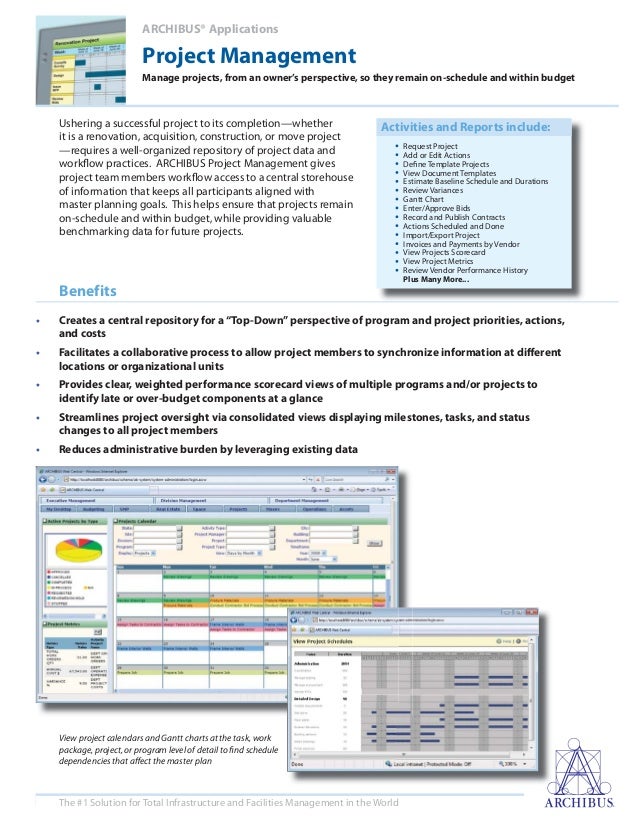
Lean, which is sometimes referred to as the Toyota Production System, is a tool used by businesses to streamline manufacturing and production processes. RCI also limits measurement to what is sufficient to track progress.
#Sigma as 227 program management series
For example, a medical practice could improve quality by working on a series of cumulative and linked PDSA cycles in different aspects of care at the same time, e.g., medication use, diagnostic testing, and patient scheduling. Numerous small cycles of change can successfully accumulate into large effects. RCI is a practical and real-time approach that involves testing interventions on a small scale (e.g., one physician), permitting experimentation, and discarding unsuccessful tests. In the second part of the model, the QI team uses RCI and the PDSA cycle to implement its action plan with small-scale interventions introduced rapidly to test the changes, learns from these tests, and then modifies the intervention for implementation in another cycle. What changes can we make that will result in improvement?.How will we know that a change is an improvement?.During this first part, a QI team guides development of its strategy and action plan by answering the following questions: The first part of the Model for Improvement is based on a "trial and learning" approach using rapid cycle improvement (RCI see box below). At the heart of the Model for Improvement is the Plan-Do-Study-Act (PDSA) cycle (see Figure 4-1). The Institute for Healthcare Improvement (IHI) Model for Improvement is a simple, yet powerful model that focuses on setting aims and selecting or developing measures to indicate if a change resulted in improvement. Monitoring of front-line clinical activity through observations and the collection and reporting of process data as feedback on the effect of changes or to track the progress of the implementation process.Īs you work with any QI method, the key is to carefully choose strategies that have the best chance to improve how your organization interacts with patients.Use of many of the same tools to support analysis and implementation.Use of structured, iterative processes to implement improvement interventions.Emphasis on stakeholders as participants and audiences for the improvement processes.Use of measurement and analysis to identify issues and guide decisions.Emphasis on leadership to hold people accountable, communicate the vision and strategy, and eliminate cultural and other barriers to improvement.The Institute for Healthcare Improvement's Model for ImprovementĮstablished QI models share several common features, including:.If not, you can learn about and adapt one of the models described below to pursue improvements: If your organization has already adopted an established quality improvement model, you will be able to apply its system and methods to improve patient experience and your organization's CAHPS survey scores. To succeed in improving patients' experiences, it is important to use a systematic, structured approach that gives feedback on your progress. Tools To Enhance Quality Improvement Initiatives Understanding and Implementing the Improvement CycleĤ.D. We can tailor the curriculum to meet the specific needs of your organization and deliver the training when and where you want it.4.B.

Customized Training Solutionsīring our courses to your team.
#Sigma as 227 program management professional
UWM Continuing Education for Engineers includes:Ī note to professional engineers: For each hour of continuing education at UWM, you will receive one Professional Development Hour toward maintaining your PE license. Since fellow participants and instructors are professionals in various fields of engineering, a UWM Engineering certificate course is the ideal place to network, gain invaluable knowledge and grow your career. At UWM, they teach what has made them highly successful for years in their own fields. They are professional engineers, consultants, business owners, executives, civil servants, professors and designers and managers of multi-million dollar projects. In addition, UWM’s engineering instructors have decades of real-world experience. As a result, new programs at UWM are constantly being developed. Keeping up-to-date on educational programming in the engineering world is essential to stay relevant and fresh in this field.


 0 kommentar(er)
0 kommentar(er)
